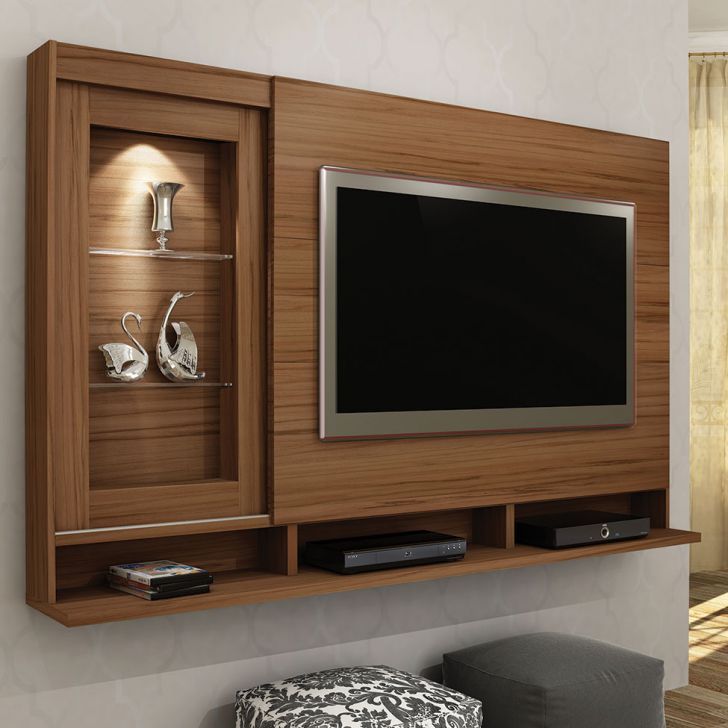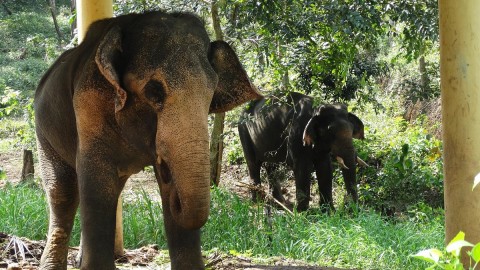Types and Usage
TV history was made on May 26th 1927 John Logie Baird publicly demonstrated television over the GPO’s telephone network.
In the nine decades since Baird’s innovation, technology has dramatically changed how we watch TV, here are 10 breakthroughs.
1. CRT: Each CRT set has a vacuum tube with electron guns that beam red, green and blue electrons onto a phosphor screen.
2. LCD vs Plasma: Flat screen sets started to appear in the late 1990s. Their immediate advantage over CRT was space. They were also lighter, so could be mounted on a wall and came in bigger screen sizes.
3. Digital television: The launch of digital television in the UK transformed the way we watch TV and was arguably the most significant recent technological development.
From 2008 to the end of 2012 the entire country switched over from analogue to digital. Some 1,154 transmitter sites were upgraded as the analogue signal was switched off and digital signal boosted so 26 million people could get Freeview.
4. High definition: High definition television (or HD) has up to five times the resolution of standard definition either 1280x720p or 1920x1080p.
5. 3D: In the early 2010s 3D television was being pushed as the next big viewing trend, and not for the first time – over the last century there have been numerous experiments with 3D in cinema, such as House of Wax (1953) and Dial M for Murder (1954).
6. LED TV: In the mid 2010’s LED screens became popular. The technology is similar to LCD, but used tiny LEDs as a backlight instead of CCFL lamps.
7. Smart TVs: Television sets dubbed ‘smart’ TVs have built-in internet connectivity. This allows them to connect to a router, usually via an Ethernet cable or plug-in wi-fi dongle, to get online.
8. OLED: OLED (Organic Light Emitting Diode) TV sets are a variation on LED, but without a backlight. This allows them to be staggeringly thin – as little as 1mm deep.
9. Video on demand: Video on demand lets you choose exactly what you want to watch, so you are not at the mercy of TV schedulers.
10. Ultra HD or 4K: Ultra HD or 4K refers to a set with a minimum resolution of 3840×2160 – four times as many pixels as Full HD and eight times as many as SD.
The advantage of such a high resolution is in the amount of detail you will be able to see. From the petals of a flower in a nature programme to beads of sweat on a footballer’s face, pictures will be incredibly realistic and close to real life.
Tags: Be Giver










